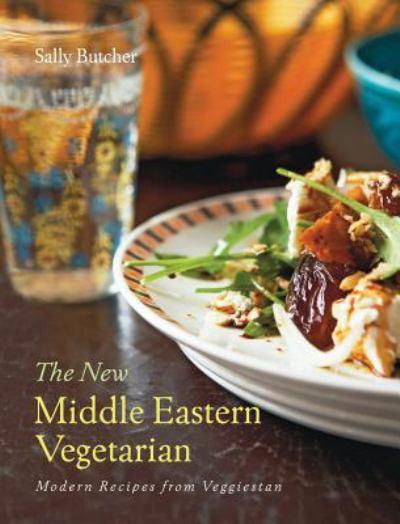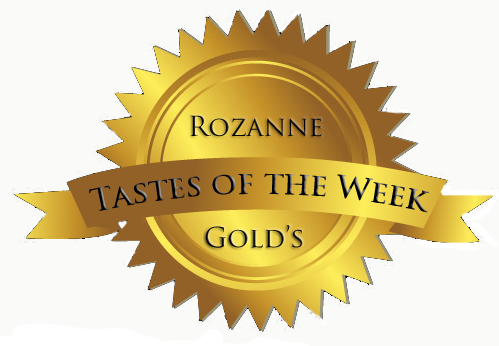 Imagine lots of food for thought by inspired thinkers who inspire others to probe both the virtual and the tangible corners of the edible realm. This is the food + technology conference taking place in New York City on April 3 through April 5th, and I can't wait to go.
More auspiciously called The 2014 Roger Smith Conference on Food/ From Flint Knives to Cloned Meat, the line-up includes more than 100 presenters, 31 panels, workshops and receptions but, most importantly, the event promises an extensive three-day flirtation with culinary luminaries and like-minded scholars - more than 250 of them. From Modernist Cuisine to The Brave New World of 3-D Printing, there is something here to satisfy anyone's taste for knowledge and thirst for the unknown.
Imagine lots of food for thought by inspired thinkers who inspire others to probe both the virtual and the tangible corners of the edible realm. This is the food + technology conference taking place in New York City on April 3 through April 5th, and I can't wait to go.
More auspiciously called The 2014 Roger Smith Conference on Food/ From Flint Knives to Cloned Meat, the line-up includes more than 100 presenters, 31 panels, workshops and receptions but, most importantly, the event promises an extensive three-day flirtation with culinary luminaries and like-minded scholars - more than 250 of them. From Modernist Cuisine to The Brave New World of 3-D Printing, there is something here to satisfy anyone's taste for knowledge and thirst for the unknown.
Last year, the conference, held at the Roger Smith Hotel, was devoted to the erudition of cookbooks and featured a tantalizing array of speakers - from Mollie Katzen to Amanda Hesser. This year, Andrew Smith, the conference founder and driving force (along with organizers Roger Horowitz, Cathy Kaufman, and Anne Mendelson), imbues today's food vortex with "ambiguity." The sympathetic tag to the event's flinty name is, after all, "Our ambiguous love, hate, and fear of food technologies." I'm there.
The conference's leaders describe food technology as "any imaginable means of using and manipulating food, from cracking nuts with a rock to molecular gastronomy. The very act of deciding what is or isn't food is intrinsically bound with up technology." Wylie Dufresne, a leader of the movement to integrate science with food preparation and presentation will be there. So, too, will be experts in milling, flour and bread baking techniques, sensory profiling, wine and terroir, and biotechnology. Other compelling subjects include "The Eight Minute Egg" and "The Technology of Cake." A lecture on coffee would go nicely right here.
And there are workshops in social media for food writers, on the history of chocolate, and the truth about olive oil, led by Nancy Harmon Jenkins, the author of The New Mediterranean Diet Cookbook.
Andrew Smith, a prolific writer and assistant professor of food studies at The New School, is particularly excited this year to have panelists coming from all over the United States and from six countries to participate. His latest book is New York City: A Food Encyclopedia (AltaMira, 2014); and his 3-volume Food and Drink in American History: A "Full Course" Encyclopedia was released by ABC-CLIO in November 2013. This is a man who can clearly handle a lot of information and knows a heck of a lot about New York City. If you already live in New York, this conference is a must. If you live out of town, it is an excellent reason to visit. For more information, to register, or book a room at the Roger Smith Hotel, go to foodconferences@gmail.com or http://thefoodconference.com/workshops.php.
And why does this conference matter? We are a nation obsessed with food and technology. The flow of one has always influenced the outcome of the other. Now we need to find out how they go together on one plate.


 Pomegranates and Grapes:
Landscapes from My Childhood
By Nuray Aykin (iUniverse 2012)
Pomegranates and Grapes:
Landscapes from My Childhood
By Nuray Aykin (iUniverse 2012)  The New Middle Eastern Vegetarian:
Modern Recipes from Veggiestan
By Sally Butcher (Interlink Books, 2012)
The New Middle Eastern Vegetarian:
Modern Recipes from Veggiestan
By Sally Butcher (Interlink Books, 2012)


